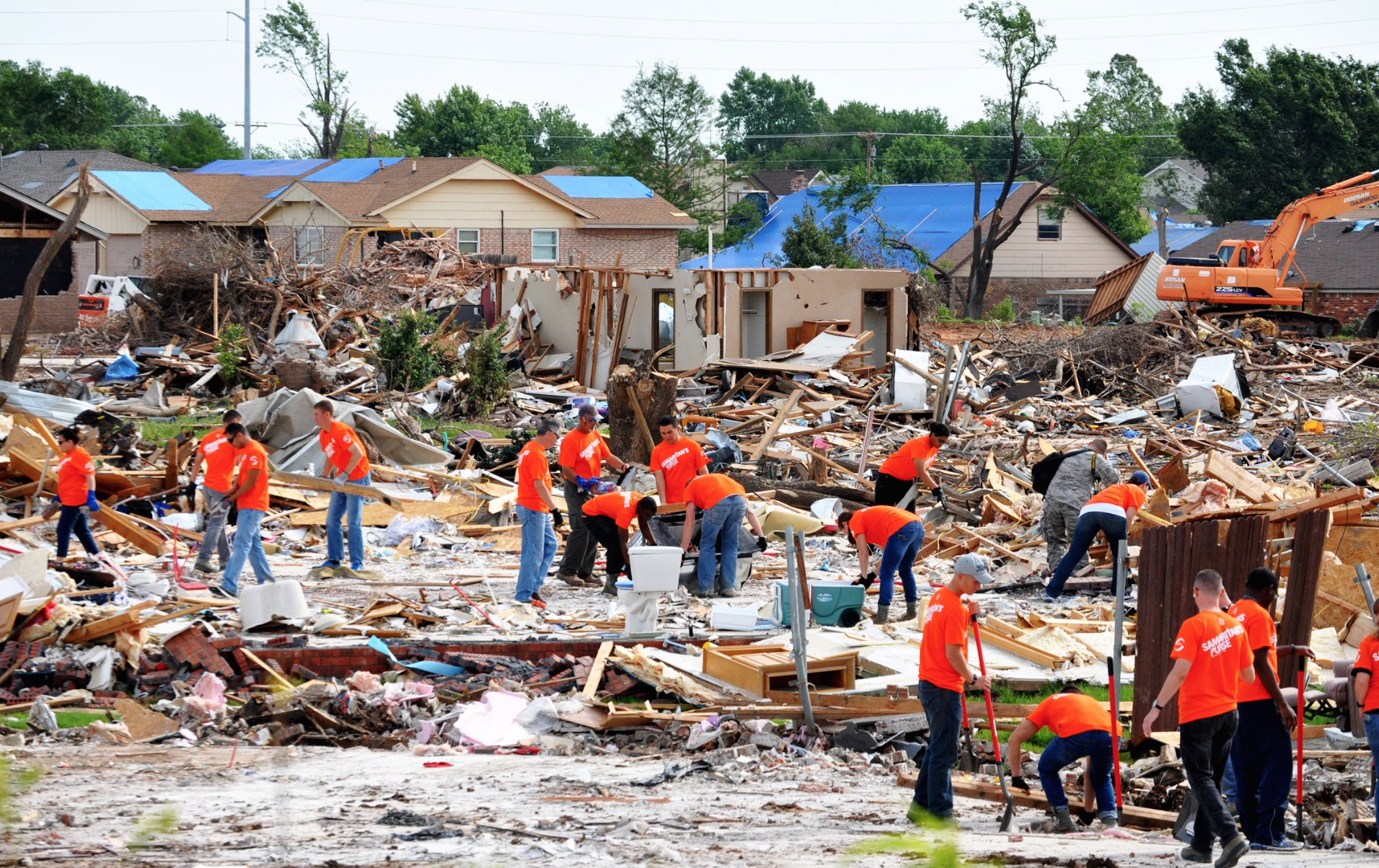With hurricanes in the Southeast and wildfires in the West, the U.S. is experiencing some of the worst natural disasters we have ever faced. Here in Ohio we might not be feeling much impact from these disasters yet, but that doesn’t mean we won’t.
It is common for people to think that the impact of natural disasters only affect those that live where they occur, and only lasts until the cleanup is complete. Unfortunately, this is not always true, especially with larger ones.
Hurricanes Harvey and Irma are the only Category 4 or higher hurricanes in the history of record keeping to have struck the U.S. mainland in the same year; let alone the same two weeks. According to AccuWeather President, Dr. Joel N. Myers, the estimated cost from Irma’s damages could reach about $100 billion and Harvey’s $190 billion for a total of $290 billion.
Before Hurricanes Harvey and Irma, Hurricanes Katrina and Rita were the costliest natural disasters in U.S. history with a combined estimated price tag a little over $200 billion. Most of this was uninsured losses, which meant the only way to provide relief for those hit by Katrina was through government aid that was added to the already substantial national deficit. It appears that the same thing will be happening now.
One of the biggest impacts Katrina and Rita had on those outside the area it hit was through oil. They shut down more than 23 percent of total U.S. oil refining capacity. This created a surge in the price of oil, in turn raising the price of gas at the pump across the U.S.
After Katrina, the Gross Domestic Product (the measure of all goods and services produced in the country) or GDP, dropped to 1.8 percent for the last three months of 2005 compared with a growth rate of 4.2 percent from the previous three months.
Thankfully, the U.S. was doing well enough financially at the time to bounce back quickly. At this point we can’t know the exact impact from Harvey and Irma, but it’s expected to be immense with far reaching effects.
Before these hurricanes hit, there were already natural disasters tearing through other parts of the nation. Fiscal year 2017 has been one of the worst for wildfires, with the current fire season lasting much longer than normal.
According to an article from “CBS News,” more than 47,000 wildfires have burned more than 8 million acres across the country. That covers a larger area than Rhode Island, Delaware and Connecticut combined.
The Forest Service has spent $1.75 billion fighting fires, and as of Sept. 1, the U.S. Interior Department has spent more than $391 million. These fires have also taken the lives of 8 firefighters, destroyed hundreds of homes and displaced millions of people.
The loss of crops and livestock due to the fires could also cause tremendous problems across the U.S., possibly raising the price of many food items, or even creating an extreme shortage of certain items.
These recent natural disasters have passed through and done their initial damage, but the areas affected will continue to feel the aftermath of them for the foreseeable future.
Daniel Riley
Reporter


